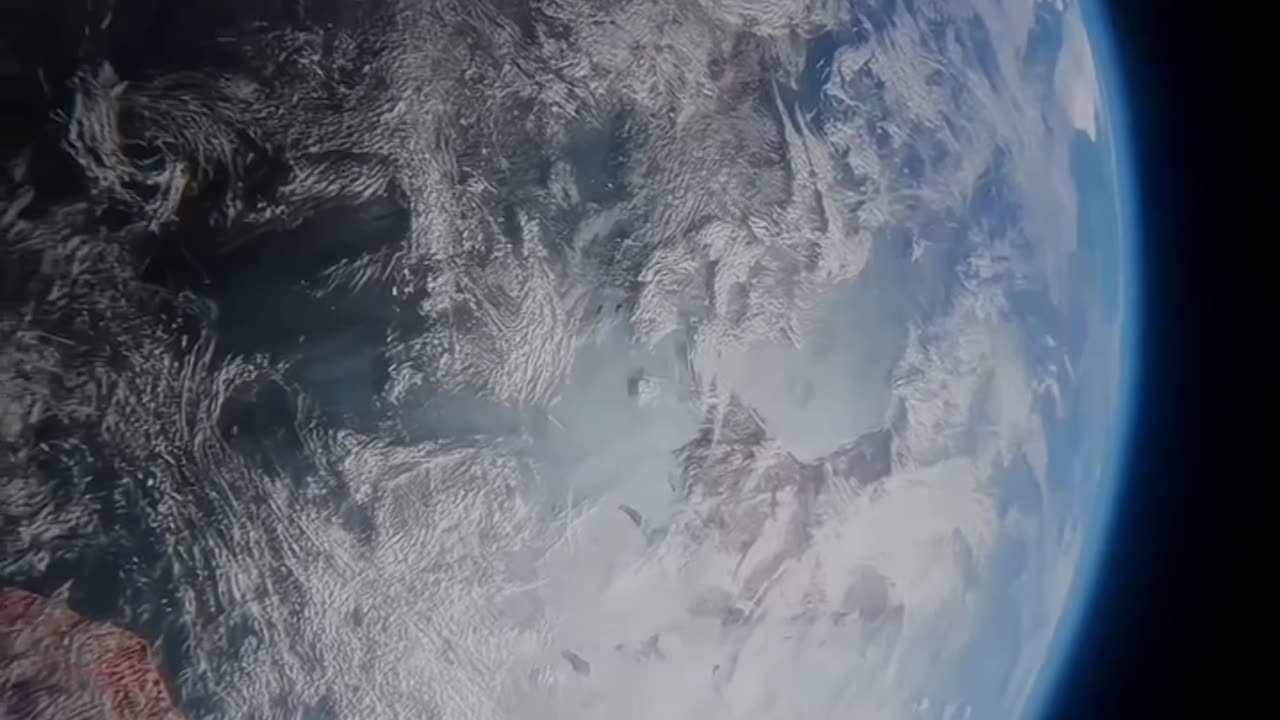Premium Only Content

Exoplanets
Exoplanets are planets that exist outside of our solar system, orbiting stars other than our Sun. They come in various sizes, compositions, and environments, ranging from rocky worlds like Earth to gas giants like Jupiter. Some exoplanets orbit within their star's habitable zone, where conditions might be right for liquid water and potentially life as we know it. Scientists use various methods to detect exoplanets, including the transit method, where a planet passing in front of its star causes a slight dimming of the star's light, and the radial velocity method, which detects the wobble of a star caused by the gravitational pull of its orbiting planets. Exoplanet exploration continues to unveil the diversity of planetary systems beyond our own, sparking curiosity about the possibilities of life elsewhere in the universe. Exoplanets inhabit a vast array of environments, from scorching hot gas giants to frozen ice worlds. Some orbit multiple stars, while others drift alone through space. Scientists classify exoplanets based on their size, composition, and orbital characteristics, leading to categories like terrestrial, gas giant, and super-Earth. The search for exoplanets has led to fascinating discoveries, including rogue planets wandering the depths of interstellar space and "hot Jupiters" orbiting incredibly close to their stars. Each new exoplanet found adds another piece to the puzzle of planetary formation and the potential for life beyond our solar system.
-
 2:45:10
2:45:10
Laura Loomer
9 hours agoEP111: Republicans Refuse To Crack Down On Democrat Violence
148K205 -
 2:43:55
2:43:55
TimcastIRL
10 hours agoTrump Signs Order Requiring Citizenship PROOF To Vote, Democrats Will NEVER Win AGAIN | Timcast IRL
240K158 -
 4:11:17
4:11:17
Geeks + Gamers
13 hours agoTuesday Night's Main Event
105K5 -
 3:12:26
3:12:26
Barry Cunningham
14 hours agoPRESIDENT TRUMP EXECUTIVE ORDERS & PRESSER HIGHLIGHTS | JASMINE CROCKETT INSANITY ... MORE NEWS!
67.6K36 -
 47:54
47:54
BonginoReport
13 hours agoLesson Learned Over Leaked Group Chat (Ep. 12) - Nightly Scroll - 03/25/25
240K200 -
 1:26:47
1:26:47
Kim Iversen
15 hours agoU.S. Bombs Yemen, D.C. Only Cares About A Leak | UK Journalist Addresses Spy Accusation
191K142 -
 2:02:46
2:02:46
Slightly Offensive
12 hours ago $18.70 earnedSecurity DISASTER: Trump Admin LEAKS Bombing Plans to Atlantic Journo | Nightly Offensive
102K25 -
 24:09
24:09
Producer Michael
15 hours agoWE’RE GIVING AWAY LUXURY WATCHES!! (NOT CLICKBAIT)
53.3K16 -
 1:38:21
1:38:21
Redacted News
14 hours agoBREAKING! TRUMP THREATENS EGYPT WITH TWO CHOICES, BIOWEAPONS LABS IN MONTANA EXPOSED, JFK FILES
243K309 -
 1:08:49
1:08:49
vivafrei
21 hours agoNational Security Text Leak? Major Violation or Atlantic Fake News? Bad Trump Pick for CDC? & MORE!
188K62